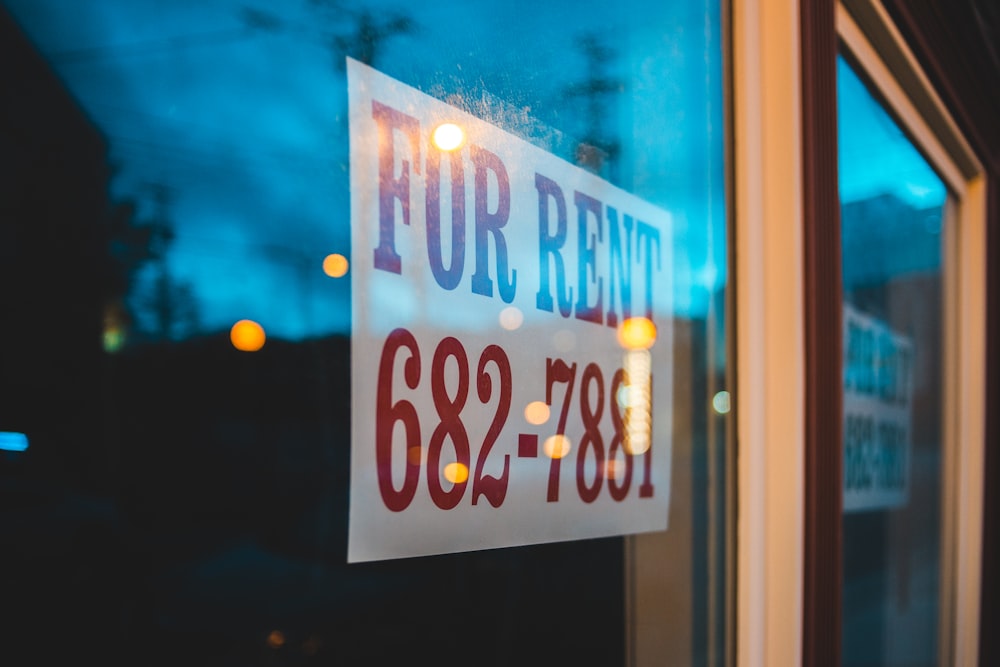As people around the world continue to struggle with COVID-19, many face financial problems as a result. The economy has taken a turn for the worse across the United States — and now that millions of individuals are unemployed, renters can’t afford their monthly bills. In fact, coronavirus seems to have hit this group the hardest.
Here’s a look at why this crisis has affected tenants the most.
1. Legislation Doesn’t Cover Everyone
At the end of March, the U.S. Senate passed the CARES Act to help businesses and individuals support themselves. Alongside a cash payment that ranges from $1,200 to $3,400, the bill allows homeowners to defer their mortgage payments for a year. Therefore, all homeowners who have lost their incomes can hit pause. When they can pay again, they won’t need to do so all at once.
Unfortunately, matters aren’t so easy for renters. The CARES Act doesn’t outline a plan for tenants to stop rent payments. Though some municipalities have chosen to halt eviction clauses, many landlords still need their occupants to pay rent. After all, the majority of landlords don’t work for large apartment complexes or rental companies — they’re mom-and-pop businesses with a few units.
If you live in a single-family or multifamily property that’s backed by a federal mortgage, the CARES Act does shield you from eviction. That said, this segment of the bill only applies to 12.3 million of the 43 million rentals throughout America. Many tenants don’t lease a home that falls under this category, so they’re still required to pay next month’s rent. Since they can’t legally defer their payments, they find themselves in a tight spot.
2. Income Differs Between Groups
Most people choose to rent because they can’t afford a house and all that comes with it, like constant upkeep and potential risk. Mortgages can amount to 20% of a home’s cost, so it’s not always feasible for someone to buy. It’s also rare to find someone who can purchase a house as their first home. Almost every American decides to rent first before they commit to a specific property.
When you consider these details, it’s clear that renters are not, on average, prepared for a sudden income loss. This point doesn’t mean that all renters are financially unstable. However, the average renter household earns less than $40,000 a year, whereas homeowners typically have a larger cushion. It’s clear that homeowners often have a chance to put away more money than renters.
Of course, if you have debts to pay on top of rent and utilities, it’s a struggle to stay afloat when you lose your job.
3. Cost of Living in Rural and Urban Areas
If you take a look at rentals around the country, it’s evident that a massive number of tenants live in expensive cities. Over the past few decades, areas like Seattle, New York City and San Francisco have become hotspots for renters. These locations feature high home prices, so residents choose to sign a lease instead. Because these places are so popular, it’s not uncommon to pay more than $3,000 for a one-bedroom apartment.
At the same time, groceries, utilities and takeout also cost more. In your hometown, a meal at your local casual dining restaurant may be no more than $10. In New York City, you’d add around $12 or more to place that same order. While not every tenant has to make $100,000 to afford their city lifestyle, it’s true that a lot of renters live in pricey areas. When a pandemic takes that income away, issues follow.
You can apply the same idea to renters who live in rural towns. Although their rent may amount to $500 a month, they could have to drive an hour to the local supermarket. This extra gas money makes a substantial difference, primarily if they usually rely on schools to feed their children breakfast and lunch. A lot of rural communities already exhibit significant inequality when compared to urban populations.
4. Debt-Related Issues Are Common
When you think about the characteristics of a renter, what do you envision? Your mind may jump to young professionals, otherwise known as “starting-out singles.” These individuals make up 29% of all tenants — and young adult roommates aren’t far behind. We can safely assume that most renters are a few years into their 20s. As a result, they often carry specific debts that make it harder to afford a home.
In addition to credit card debt, millions of young adults struggle with student loans. They may also have a monthly car payment to consider. Homeowners aren’t immune to these same debts, but by the time they own a home, they’ve likely had time to pay off those balances and get their financial “house” in order. When someone enters into adulthood, they usually take on these expenses as they transition to life on their own.
COVID-19 has caused a lot of stress for renters because of preexisting debts. While many lenders have allowed forbearances, it’s still a burden to think about the future. Plus, because most renters are young adults, they often don’t have the savings to deal with these issues right away.
This Pandemic Has Created Unique Concerns for Tenants
The world has changed. Life for renters is going virtual, digital, online, or whatever you want to call it. From a digital open house sign in sheet, to virtual apartment tours and many other aspects of renting, the world for renters is heading to a new place. And at the end of the day, millions of people will experience a monetary loss because of coronavirus. Unfortunately, those issues extend even further when it comes to renters. Many financial and demographic circumstances come together to affect tenents.
Hopefully, these factors will improve soon with the right leadership and economic measures at the local, state and federal levels.




